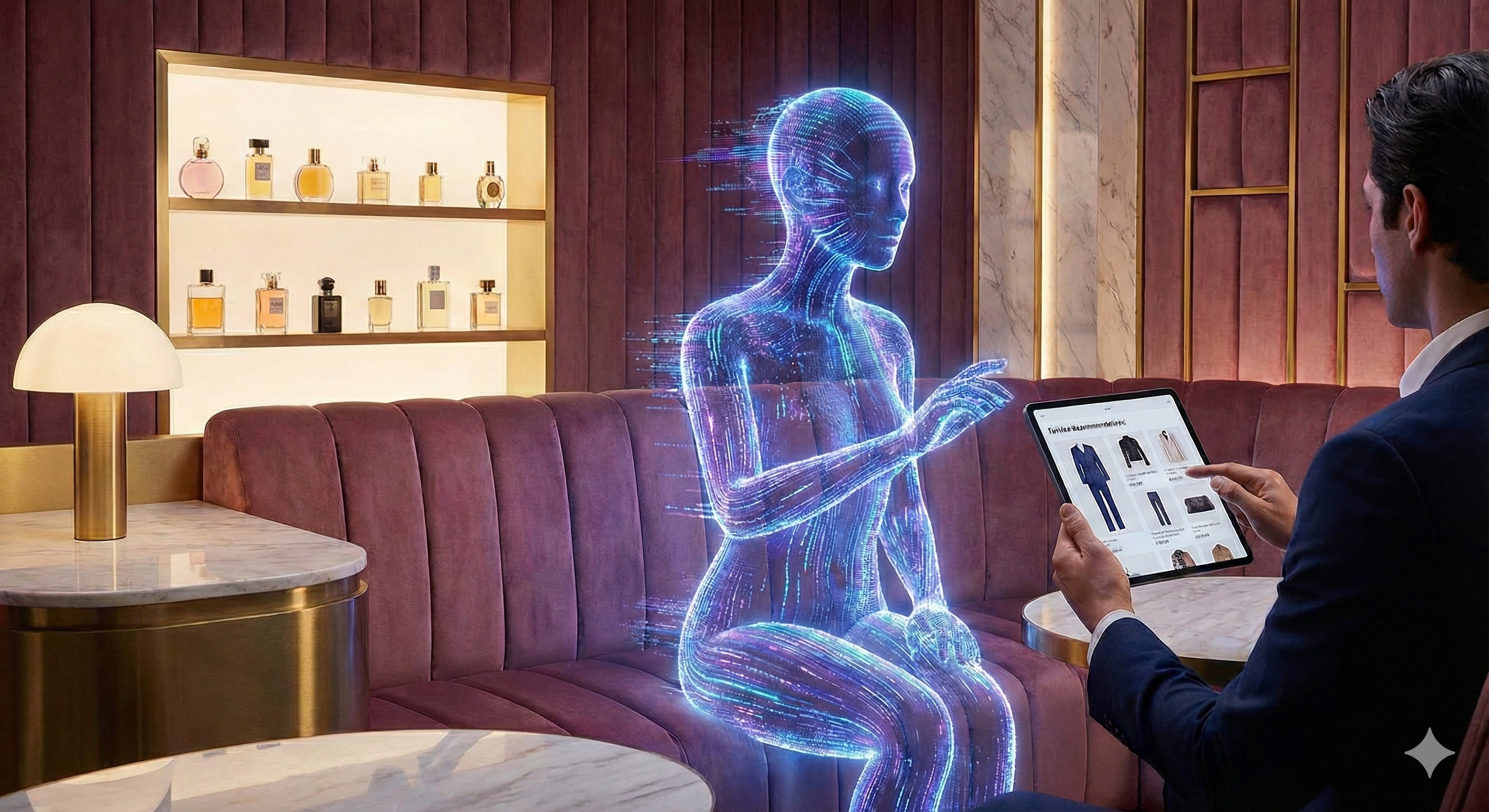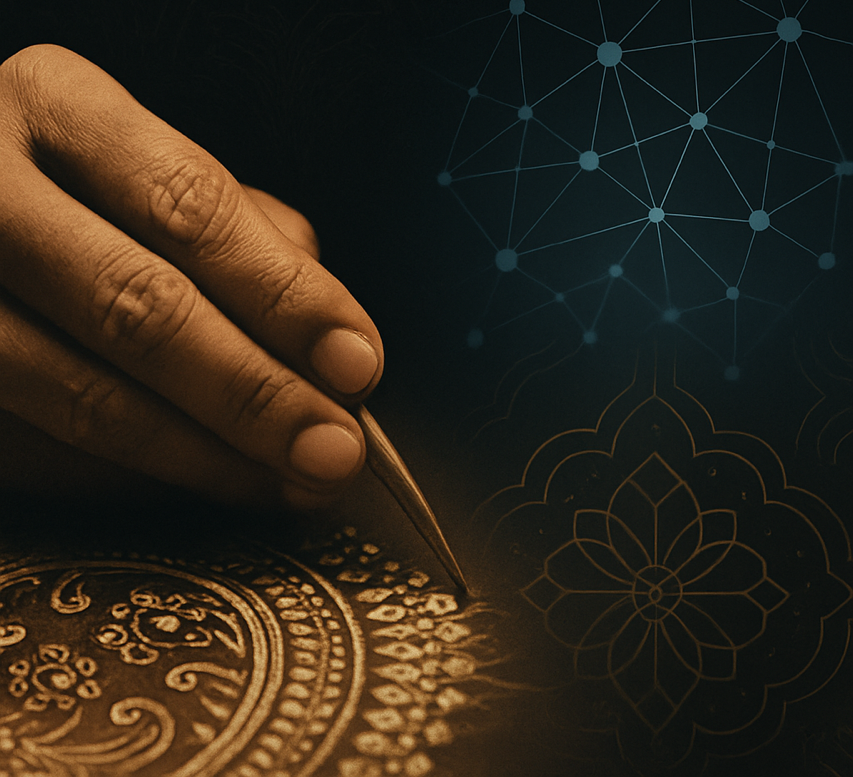Television campaigns launched by Louis Vuitton and Cartier could mark the beginning of luxury goods brands engaging television as a serious advertising medium.

Louis Vuitton’s first ever television campaign
If there is one communications space that luxury goods brands have not yet aggressively pursued, it is television advertising. For years luxury houses have leveraged television to market ‘entry level’ products such as eyewear and fragrance, enlisting the help of cinema directors, celebrities and actors, perhaps never more dramatically than in the recent case of Brad Pitt for Chanel No. 5.
And indeed, luxury automakers and timepiece manufacturers have long leveraged the airways, bringing their brands to the mainstream in a bid to create recognition, aspiration and brand awareness. As they have long executed in film through product placement. After all, what good are the status connotations of owning a Mercedes-Benz or a Rolex, should the greater population not understand what these products signify.
“ For years luxury houses have leveraged television to market eyewear & fragrance ”
So why did leather goods houses like Louis Vuitton restrain from television campaigns until now? They have diversified their print advertising strategies to include mainstream titles such as Marie Claire and Glamour. They have opened their stories to social networks, video channels and engaged bloggers. But consistently, television has been avoided.
Until now. This week, Louis Vuitton launched its first ever television campaign, entitled The Art of Travel. Earlier this year, Cartier commissioned a film to the tune of €6 million, l’Odyssée de Cartier, which appeared on both television and in cinemas. As two of the strongest luxury brands on the planet, more are sure to follow. Particularly when most brands now have the content ready to go.
Cartier’s l’Odyssée de Cartier
What is interesting to realise is the part the Internet has played in this move to television advertising. With the advent of YouTube and the need for content, brands increasingly began creating short films surrounding their campaigns – Prada being one of the standouts. Louis Vuitton did it too, and Cartier even went so far to commission individual shorts in Paris, showcasing various tender moments featuring its iconic pieces.
Could this be the reason luxury goods brands are finally booking television space alongside McDonald’s, Coca Cola and Starbucks? The Internet – alongside the positioning and segmentation strategies of the brands themselves – have forever democratised luxury and the distribution of its information.
“ Is the Internet behind luxury brands booking television space alongside McDonald’s & Starbucks? ”
As François-Henri Pinault remarked, luxury is now for the masses and the classes, luxury is no longer defined by exclusivity. And indeed, much of the cache associated with luxury has involved ‘dangling the carrot’ – so to speak – in front of the aspirational eyes of the middle classes. What better a medium to do so than on commercial television?
On the surface, the audiences of Coca Cola and McDonald’s have little in common with the ultra-affluent driving the purchase of luxury goods. But what has become unavoidable, is their comparative recognition. A quick look at Interbrand’s 2012 Best Global Brands sees Louis Vuitton sandwiched in between Gillette and Oracle. These are no longer just luxury brands, but household names, and their marketing is beginning to reflect that.
To further investigate advertising on Luxury Society, we invite your to explore the related materials as follows:
– 2012’s Best Global Luxury Brands
– The Latest Luxury Brand Videos: Omega, Rolex & Cartier
– Why Luxury Brands Should Target the Top 1%










